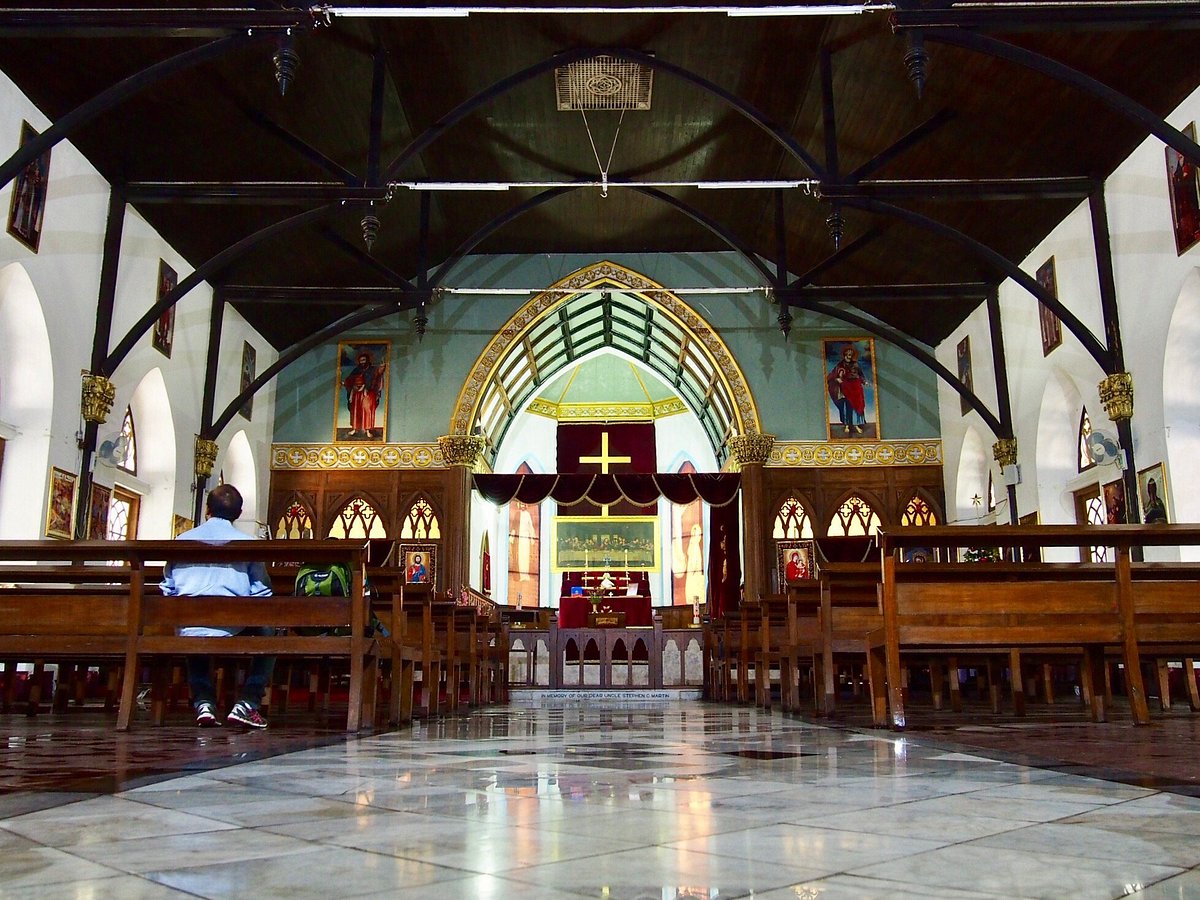
Armenian Apostolic Church stands as one of the world's oldest Christian communities, with a rich history that spans centuries. This church is not just a religious institution but a cornerstone of Armenian identity, culture, and heritage. From its founding by the Apostles Thaddeus and Bartholomew to its survival through various historical challenges, the church's journey is a testament to the resilience and faith of the Armenian people. In this introduction, we'll uncover 15 intriguing facts about the Armenian Apostolic Church, shedding light on its theological beliefs, architectural marvels, and the pivotal role it plays in the lives of millions. Whether you're a history buff, a religious scholar, or simply curious, these insights promise to enrich your understanding of this ancient community.
Understanding the Armenian Apostolic Church
The Armenian Apostolic Church holds a pivotal role in the history and identity of Armenia, being one of the world's oldest Christian communities. This institution is not just a religious body but a cornerstone of Armenian culture and heritage.
-
Originating in the 1st century AD, the Armenian Apostolic Church is considered to be the world's oldest national church. According to tradition, it was established by two of Jesus' apostles, Thaddeus and Bartholomew, who preached Christianity in Armenia during the first century.
-
Armenia became the first nation to adopt Christianity as its state religion in 301 AD, under the reign of King Tiridates III. This monumental event was largely due to the efforts of St. Gregory the Illuminator, who converted the king and subsequently, the nation.
Key Beliefs and Practices
The Armenian Apostolic Church has unique beliefs and practices that distinguish it from other Christian denominations.
-
Miaphysitism is a core belief of the Armenian Apostolic Church. This doctrine asserts that in Jesus Christ, the divine and human natures form a single nature, which is both divine and human. This contrasts with the Chalcedonian definition adopted by many other Christian churches.
-
Liturgy and language play a crucial role in worship. The Divine Liturgy, also known as the Badarak, is celebrated in Classical Armenian, a language that has remained unchanged for centuries, preserving the church's traditions and teachings.
The Role of the Catholicos
At the helm of the Armenian Apostolic Church is the Catholicos, a title meaning "universal leader."
-
The Catholicos of All Armenians resides in the Mother See of Holy Etchmiadzin, located in Vagharshapat, Armenia. This position is akin to that of a pope in the Roman Catholic Church.
-
Catholicos Karekin II, as of my last update, serves as the current Catholicos of All Armenians. He plays a significant role in spiritual and administrative matters, guiding the church through modern challenges while upholding ancient traditions.
Architectural Marvels and Monasteries
The Armenian Apostolic Church is renowned for its distinctive architecture, which has influenced Christian construction worldwide.
-
Monasteries and churches of the Armenian Apostolic Church, such as the Etchmiadzin Cathedral and the Monastery of Geghard, are UNESCO World Heritage Sites. These structures are celebrated for their unique Armenian architectural styles, which blend elements from the East and West.
-
Khachkars, or cross-stones, are a unique artistic tradition of the Armenian Apostolic Church. These intricately carved stones serve both as works of art and as spiritual monuments, often commemorating events or individuals.
Global Presence
Despite its origins in a small, landlocked country, the Armenian Apostolic Church has a broad global footprint.
-
Diaspora communities around the world maintain active Armenian Apostolic congregations. From Los Angeles to Moscow, these communities preserve Armenian culture and faith far from their ancestral homeland.
-
Ecumenical relations with other Christian denominations have been a focus of the Armenian Apostolic Church. It participates in dialogues aimed at promoting Christian unity and understanding, despite theological differences.
Festivals and Holy Days
The Armenian Apostolic Church celebrates numerous festivals and holy days, many of which are unique to its tradition.
-
Vardavar is a popular festival that takes place 14 weeks after Easter. Originally a pagan water festival, it has been Christianized and is now celebrated by dousing people with water, symbolizing the cleansing of sins.
-
Christmas is celebrated on January 6th, unlike many Western Christian traditions that celebrate it on December 25th. This date also commemorates the Epiphany, making it a dual holiday in the Armenian Apostolic Church.
Social and Cultural Impact
The Armenian Apostolic Church has played a significant role in shaping Armenian society and culture.
-
Preservation of Armenian identity has been a critical function of the church, especially in the face of historical challenges such as the Armenian Genocide. The church has been a unifying force, keeping the Armenian spirit alive through centuries of adversity.
-
Literature and education have been greatly influenced by the church. The invention of the Armenian alphabet by Mesrop Mashtots in the 5th century was primarily for translating the Bible and other religious texts into Armenian, fostering literacy and learning.
-
Humanitarian efforts are a modern focus of the Armenian Apostolic Church. It actively participates in relief efforts during crises and supports social programs aimed at improving the lives of Armenians and others around the world.
A Final Glimpse into the Armenian Apostolic Church
Diving into the depths of the Armenian Apostolic Church has revealed its rich tapestry of history, culture, and faith. This church isn't just a religious institution; it's the heartbeat of Armenian identity, weaving together centuries of tradition, resilience, and spiritual depth. From its foundation by St. Gregory the Illuminator to its role in shaping the Armenian community, every fact shared here paints a picture of a faith deeply intertwined with the nation's soul. Whether it's the architectural marvels of its ancient monasteries or the profound rituals that mark its liturgical calendar, the church stands as a testament to the enduring spirit of the Armenian people. As we've journeyed through these fascinating insights, it's clear that the Armenian Apostolic Church is more than just a chapter in religious history; it's a living, breathing legacy.
Was this page helpful?
Our commitment to delivering trustworthy and engaging content is at the heart of what we do. Each fact on our site is contributed by real users like you, bringing a wealth of diverse insights and information. To ensure the highest standards of accuracy and reliability, our dedicated editors meticulously review each submission. This process guarantees that the facts we share are not only fascinating but also credible. Trust in our commitment to quality and authenticity as you explore and learn with us.


